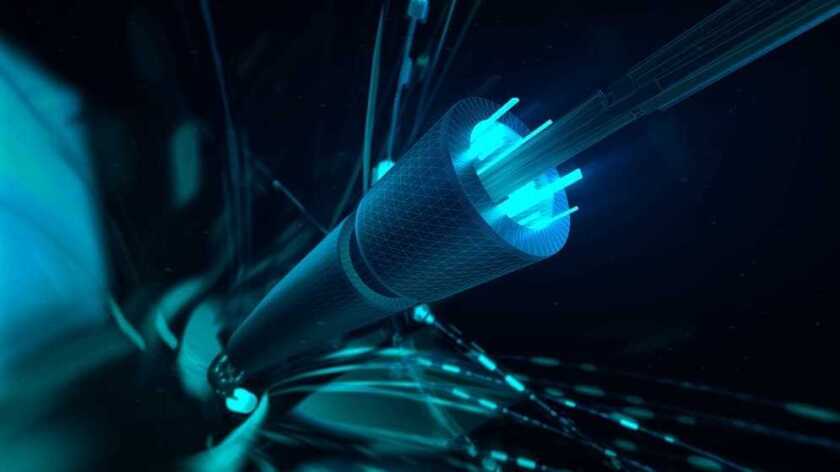The news follows SX’s launch of its new Southern Cross NEXT (NEXT) subsea cable connecting Australia, New Zealand, the USA and the Pacific Islands. NEXT uses the DigitalAsset Marine solution on the shore-end of the network, the cable landing station to the first repeater.
“Since trialling the monitoring service back in 2019, we’ve been very impressed with the outcomes that the technology the FiberSense team delivers. They’ve added significant detection capabilities, deterrence benefits, and maintenance reductions, especially in the heavily trafficked zones where cables typically land.” said Dean Veverka, director of networks & vp of operations, Southern Cross.
“A further compelling benefit is that we don’t need to reserve a separate fibre path for the monitoring as the DigitalAsset Marine technology operates over an “in-use” fibre pair allowing us to utilise the full potential of the submarine cable for clients. The rest of the submarine sector looks closely at innovations that the Pacific based cable operators are adopting and once again, SX is at the forefront of showing just what further protection measures are possible in operating this critical communications infrastructure.”
The FiberSense DigitalAsset Marine system detects and locates a vessel. An alarm is posted in real-time if any anchoring event or other aggression event is detected and several mitigation strategies are employed in order to avert a break.
For a more detailed insight what FiberSense does and how it intends to enable operators to monetise their fibre, read the full interview with Mark Englund, founder and CEO of FiberSense, in the June/July issue of Capacity.
“We are now monitoring over 450km of combined terrestrial and marine segments for SX in the Pacific region. We are grateful for the trust and confidence that they have shown in our “market making” services," added Englund.
"Our growing customer base reflects the fact that DigitalAsset Marine is a game changer in meeting the challenges operators face to improve subsea cable resilience and related maintenance demands. Even when the marine cables are buried and out of sight, our technology reveals the location and nature of potentially damaging events from anchor drag, fishing net entanglement, rock fall and unauthorised tampering. Being able to “see” for the first time these types of events in real-time along the cable allows the cable operator to action mitigation strategies as well as attribution exactly when and where the risk is detected.”






